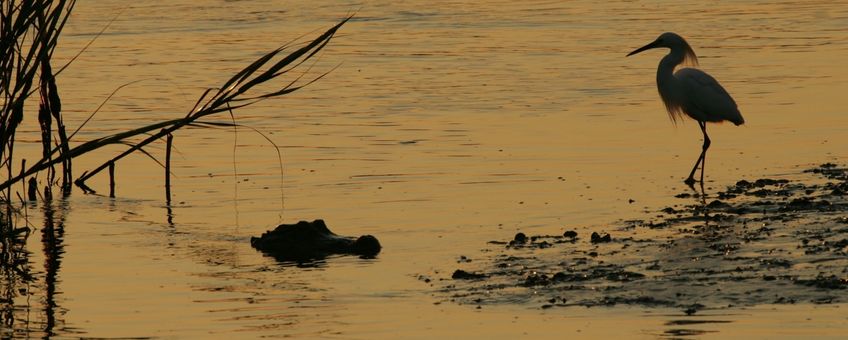
Mammals and birds could have best shot at surviving climate change
University of British Columbia“We see that mammals and birds are better able to stretch out and extend their habitats, meaning they adapt and shift much easier,” said Jonathan Rolland, a Banting postdoctoral fellow at the biodiversity research centre at UBC and lead author of the study. “This could have a deep impact on extinction rates and what our world looks like in the future.”
By combining data from the current distribution of animals, fossil records and phylogenetic information for 11,465 species, the researchers were able to reconstruct where animals have lived over the past 270 million years and what temperatures they needed to survive in these regions.
Adapting to the cold
 The planet’s climate has changed significantly throughout history and the researchers found that these changes have shaped where animals live. For example, the planet was fairly warm and tropical until 40 million years ago, making it an ideal place for many species to live. As the planet cooled, birds and mammals were able to adapt to the colder temperatures so they were able to move into habitats in more northern and southern regions.
The planet’s climate has changed significantly throughout history and the researchers found that these changes have shaped where animals live. For example, the planet was fairly warm and tropical until 40 million years ago, making it an ideal place for many species to live. As the planet cooled, birds and mammals were able to adapt to the colder temperatures so they were able to move into habitats in more northern and southern regions.
“We see that mammals and birds are better able to stretch out and extend their habitats, meaning they adapt and shift much easier,” said Rolland. “It’s possible that they will eventually adapt and could move into these regions but it takes longer for them to change.”
Rolland explained that animals that can regulate their body temperatures, known as endotherms, might be better able to survive in these places because they can keep their embryos warm, take care of their offspring and they can migrate or hibernate.
Clues to understand current rapid changes in temperature
“These strategies help them adapt to cold weather but we rarely see them in the ectotherms or cold-blooded animals,” he said. Rolland and colleagues argue that studying the past evolution and adaptations of species might provide important clues to understand how current, rapid changes in temperature impact biodiversity on the planet.
The study is published in the scientific journal Nature Ecology and Evolution.
Text: University of British Columbia
Photos: Pixabay
